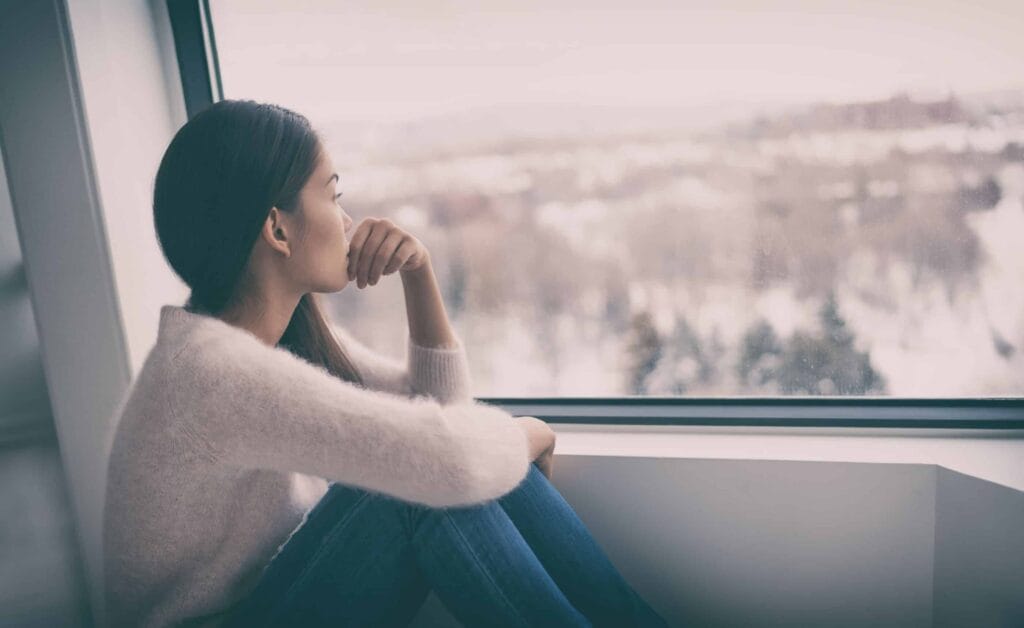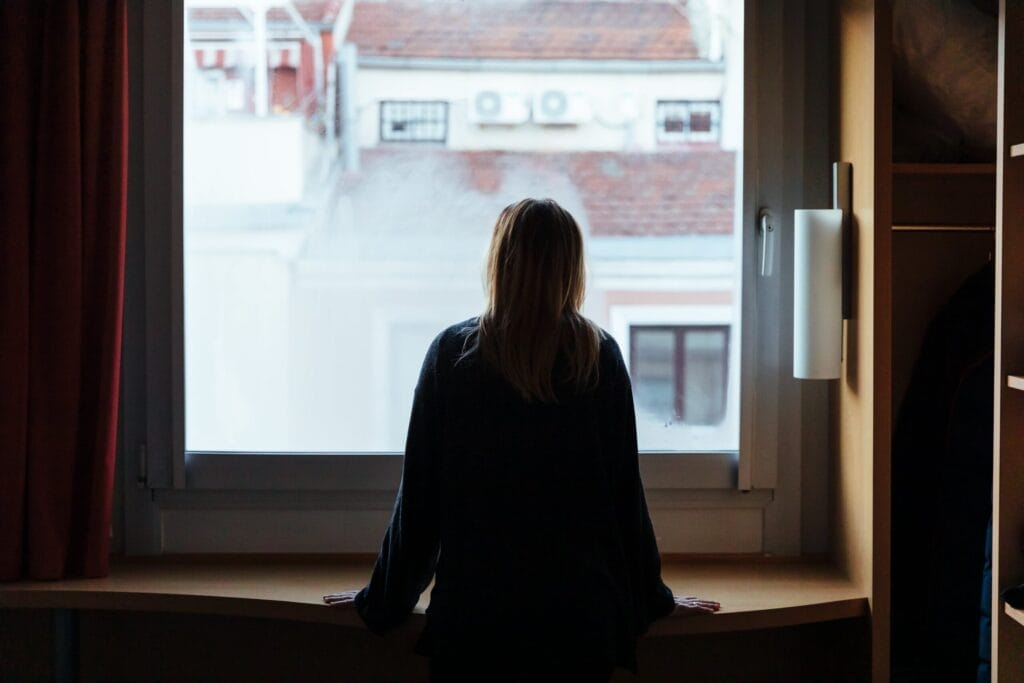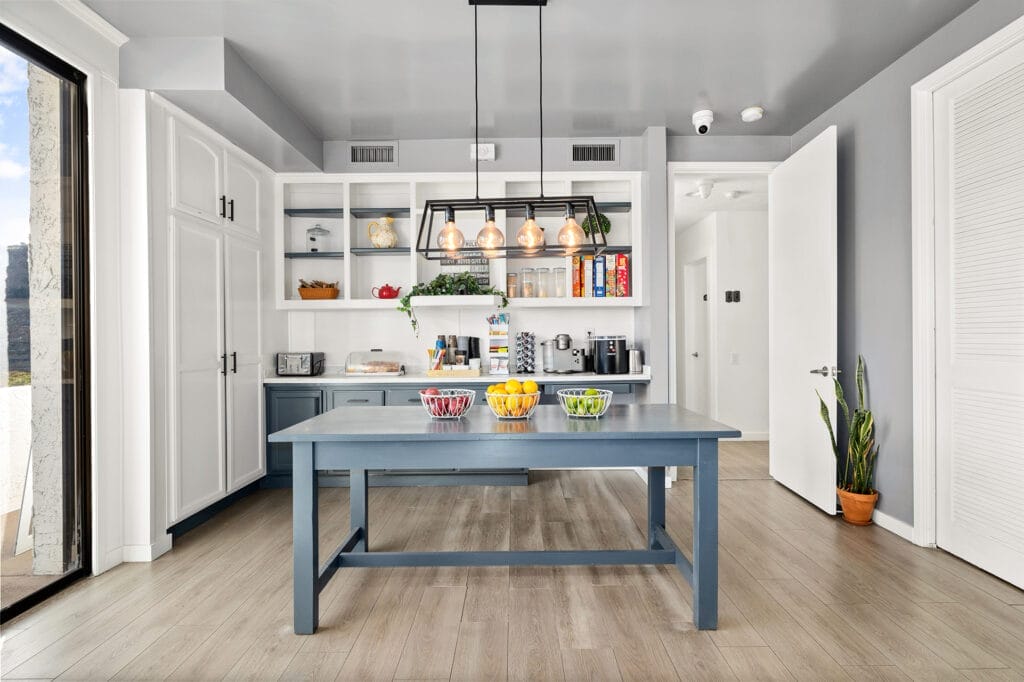Seasonal Affective Disorder Treatment
Comprehensive behavioral health treatment facilities for adults in a safe and comforting atmosphere in Southern California.


Seasonal Affective Disorder
The beginning of fall and winter can be a welcome chance to enjoy brisk weather and a change of seasons for many. However, for a lot of people, it means dealing with Seasonal Affective Disorder, also aptly known as “SAD”. For these people, shorter days and colder weather mean they experience symptoms of depression and difficulty coping. SAD can occur during other seasons, but it mostly commonly happens as fall and winter begin. Montare Behavioral Health created a program that treats seasonal affective disorder by helping people manage their symptoms in a meaningful way. We help people adjust to the change in seasons without needlessly suffering.
What is Seasonal Affective Disorder?
SAD is a type of depression and is considered to be a mental health disorder. It typically occurs as the seasons change going into fall and winter, then ends when spring arrives. SAD is triggered by the events that occur during these seasons, which include colder weather and fewer daylight hours. For a minority of people, their SAD begins during spring or early summer and ends at the beginning of fall or winter. Telling someone with SAD to just cheer up does not help. The individual cannot control their symptoms and ends up suffering year after year.

Signs & Symptoms of Seasonal Affective Disorder
Common signs and symptoms of seasonal affective disorder include the following:
- Lack of energy
- Sleeping too much
- Constantly feeling tired
- Feelings of sadness and depression
- Hopelessness
- Difficulty focusing
- Lack of interest in hobbies and pastimes
- Isolating
- Suicidal thoughts or feelings
- Dreading sundown
- Having cravings for carbohydrates
- Overeating and weight gain
Contact Our Seasonal Affective Disorder Treatment Center
Do you dread the fall and winter seasons because they trigger your symptoms of seasonal affective disorder? You’re not alone because SAD negatively impacts the lives of many people. Montare Behavioral Health created a program that treats seasonal affective disorder through the targeted use of different types of therapy and any necessary prescription medications. Our staff uses compassionate, effective treatment methods to help you manage your symptoms and stop dreading the changing of the seasons.
For more information about how to learn to cope with seasonal affective disorder, contact us now. We know how to help and are happy to answer any questions you have.
About Treatment for Seasonal Affective Disorder & Levels of Care
Treatment for seasonal affective disorder can take place in different ways. An initial assessment of each person with SAD will help the staff determine the correct level of care the person needs and how to achieve their treatment goals.
There are several levels of care to choose from, depending on the severity of the person’s condition. They include inpatient treatment or residential treatment, both of which requires a person to live in a facility. Outpatient mental health treatment takes place during the day and allows the person to attend sessions while still living in their homes. Types of outpatient care include regular Outpatient Programs, Intensive Outpatient Programs, and Partial Hospitalization Programs. We also offer mental health programs that target specific populations, including young adults, women, and professionals.

Montare Behavioral Health
Tour Our Facilities



Types of Therapy for SAD
Light Therapy
Also known as phototherapy, this involves exposure to intense artificial light that imitates natural sunlight. It helps regulate mood and sleep patterns affected by reduced sunlight during the winter months.
Cognitive Behavioral Therapy(CBT)
CBT assists people with recognizing and changing the negative thought patterns and behaviors linked to seasonal affective disorder. It provides coping strategies to manage symptoms and improve overall well-being.
Mindfulness-Based Interventions
Mindfulness practices can help individuals increase awareness of their emotions, reduce stress, and enhance mood regulation, which are beneficial for managing SAD symptoms.
Psychoeducation
Learning about the causes and symptoms of SAD, as well as effective coping strategies, can empower people to manage their condition and make informed lifestyle choices.
Interpersonal Therapy
This focuses on improving interpersonal relationships and social interactions, which can be impacted by SAD-related changes in mood and behavior.
Relaxation Techniques
Techniques such as full-body muscle relaxation, deep breathing, and meditation can assist in reducing stress and anxiety associated with SAD.
Outdoor Activities
Engaging in outdoor activities, even during colder months, can increase exposure to natural sunlight and improve mood.
Seasonal Affective Disorder Self-Care Tips
Someone with SAD can use self-care tips to help keep symptoms to a minimum. Knowing they have the power to do this can help alleviate the stress of having SAD. Tips include making sure the individual takes care of their basic physical needs. Eating healthy, nutritious meals low in carbs helps maintain good mental health. As well, engaging in regular exercise helps reduce the symptoms of depression. Aerobic exercise done in the daylight offers the most optimal way to get moving and help fight the symptoms of SAD.
Many people with seasonal affective disorder find using light therapy gives them great results. Light therapy involves being exposed to an artificial light source in regular sessions by using a special lightbox or lamp. In addition, many doctors recommend taking Vitamin D as a supplement daily.
Benefits of Treating Seasonal Affective Disorder
Getting professional treatment for seasonal affective disorder brings on several benefits. The first is gaining access to a highly trained staff of therapists who dedicate their lives to helping people overcome mental health disorders. They provide a safe space for people to discuss their life experiences and emotions and work on their unresolved issues. Staff members help people learn to manage their symptoms so they intrude less on their lives.
Another benefit comes with access to FDA-approved medications. We evaluate each person to see if they can benefit from using a prescription drug and then monitor them for the results.
Finally, we help people stop dreading the changing of the seasons. We offer effective ways to minimize the symptoms and give each person a real sense of control. Not only do we help people while they are under our care but also teach them tips to use after treatment concludes. We believe in taking care of people while they are a client and setting them up for success after they leave.










